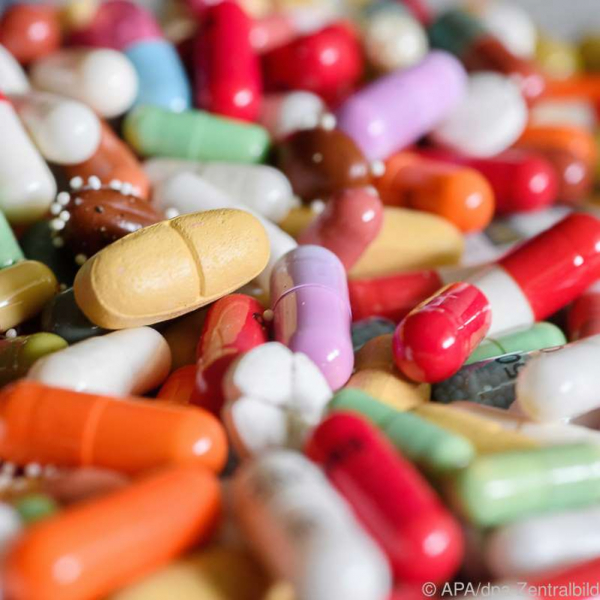
Drug exports increased
The Swiss export economy recovered somewhat in January. The main reason for this was higher exports of drugs and active pharmaceutical ingredients. Specifically, exports increased by 5.4 percent compared to December, seasonally adjusted, to CHF 18.86 billion (EUR 17.45 billion), according to figures from the Federal Customs Administration (FCA).
In December, exports declined to a similar extent in view of the second corona wave, after having recovered in some cases brilliantly from the corona slump in spring. However, the current values are still significantly different from those of the pre-Corona period.
The driver of the January growth was the chemical and pharmaceutical industry, which increased exports by almost 10 percent. As is well known, this economic sector accounts for more than half of all Swiss exports.
At the start of the year, for example, active pharmaceutical ingredients (+ 27%) were particularly in demand abroad. “There is certainly a connection with Corona here,” said Marcel Sennhauser, spokesman for the Science Industries association, the AWP news agency. He referred to the pharmaceutical supplier Lonza, which produces an active ingredient for the Moderna vaccine in Valais.
However, Swiss medicines were also in demand (+ 34%). Here, too, Sennhauser suspects a connection with Corona. “Because of Covid, other treatments have been put on the back burner worldwide and are now in greater demand.”
According to Sennhauser, the monthly figures should not be overinterpreted. Because the individual batches called up are sometimes very large, the values must be taken with a certain degree of caution.
Apart from the pharmaceutical and chemical industries, parts of the machine and electrical industries also managed to increase exports. The metal industry also went up.
On the other hand, exporters of watches, jewelery and jewelry did not move from the spot. Industry experts assume, however, that the upward trend in Swiss watches has not fundamentally stalled – and that there should be improvements in the coming months.
The trend in January for imports was similar to that for exports. They increased by 3.3 percent to 15.28 billion. For the trade balance, this results in a surplus of CHF 3.58 billion.
In terms of imports, it was also the chemical and pharmaceutical industries that made a significant contribution to the increase. By contrast, imports of passenger cars fell significantly (-15%). Clothes and shoes were also imported less at the start of the year (-5.9 percent). As is well known, clothing stores were officially closed in January.

